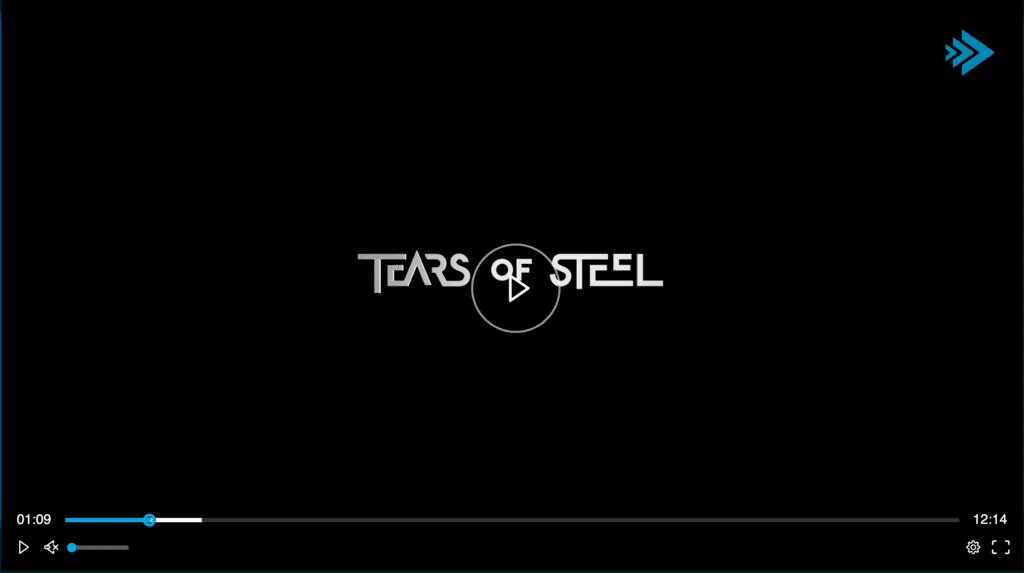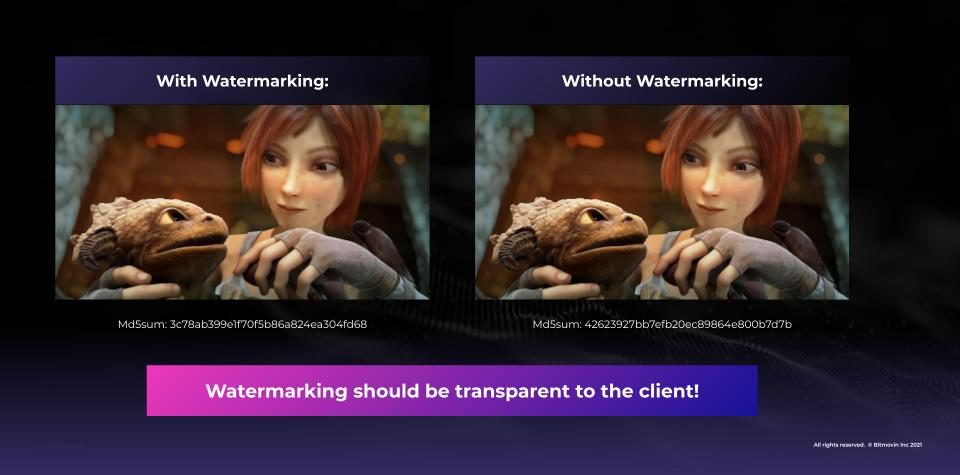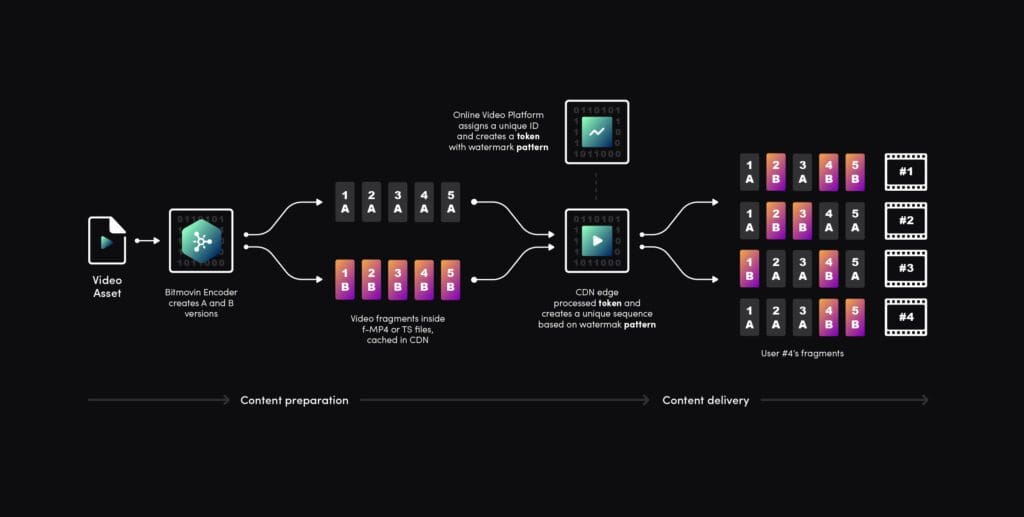The State of Streaming and Content Piracy
In the last 10 years, over 100 unique streaming services have launched around the world, with a mass acceleration of new services launched in 2020 as a result of the pandemic. This growth in new services shows no indication of slowing any time soon, as new niche verticals like eLearning, faith-based services, fitness, and entertainment (live music/theater) are building out their own services to expand their reach and monetize their content. There is also significant growth in the world of live sports and eSports – where individual clubs and leagues are launching their own direct-to-consumer streaming services to create new revenue streams, better engage with fans and grow their audiences.
Although a new streaming venture sounds promising, publishing high-quality content, such as a highly effective workout regime, a breathtaking play, or a comeback artist with a digital-only concert, comes with the risk of piracy. According to a report by Sandvine, the video piracy ecosystem is worth nearly $1 billion USD in the US alone.
Streaming services must address the threat of video piracy. There are a variety of tools available and in recent years, most services have been investing in multi-DRM technologies which are a critical and effective first line of defense against piracy. Concurrency management is also an option that some major streaming providers have applied as a way to limit password sharing. Although Parks Associates estimates that password sharing accounts for $9.1 – 12.5 Billion in lost revenue, some streaming services have taken a lax approach, hoping to eventually convert sharing users into paid subscribers. However, it’s an important topic to address when so much money is on the line. Finally, there’s watermarking, which has existed since the early 13th century as a method to ensure authenticity for print and imagery but has gradually crossed the gap into video.
What is Video Watermarking?
Watermarking is the process of covertly embedding some kind of “signal” into a piece of content to help identify the ownership, copyright, and/or authenticity of a given piece of content. For the purposes of this post – we’ll focus on digital images and video content, although watermarks are also used for print and audio content as well. Video watermarking can be broken down into two categories – perceptible and imperceptible. Perceptible watermarks usually involve superimposing a logo or text over a piece of content.
In some cases the perceptible video watermarks can simply include a logo of the video player, brand, or broadcast service, similar to the example from Bitmovin’s Player:

On the other hand, just applying a logo or a watermark overlay often isn’t enough to actually deter piracy. For that, you’ll need to use the more powerful alternative, imperceptible video watermarking. Metadata such as User ID, device ID, IP address, and time stamps, can be embedded within imperceptible video watermarks and used as forensic evidence to track down the source of piracy and leaks. As you can see in the image below, the imperceptible video watermark is applied using a back-end identifier and is completely transparent to the end client.

Client-side vs Server-side Forensic Watermarking Solutions
Taking this one step further, there are two types of imperceptible watermarking solutions, client-composited watermarking and server-side watermarking. Client-composited watermarking is applied on a given consumer’s device such as set-top boxes, OTT clients or applications, mobile or tablet devices, and smart TVs, while the server-side forensic watermarking solution is integrated with the video processing platform.
Client-composited forensic watermarking solution
Client-composited watermarking is one of the most commonly applied methods for live sports due to the faster watermark extraction cycle. In most cases, a content provider can apply client-side watermarks during playback via code or third-party libraries integrated with their player. There are a couple of caveats to client-side watermarking:
- Custom integrations are necessary for each unique device or player
- It often requires code obfuscation technology on top of the client-composited watermarking solution to prevent reverse engineering and blocking the watermark insertion process.
Server-side forensic watermarking
Server-side forensic watermarking is applied at the encoding and packaging stage of the content delivery process, often creating two copies of every file, with distinct “A” and “B” watermarks. For ABR streaming, the A/B watermarking process is applied as follows:
- Video content is broken down into chunks (segments)
- During the encoding process, segments are duplicated and embedded with distinct Watermark A and Watermark B variants
- Both A and B segment variants are output and stored for delivery by a CDN
- When a player requests segments, the CDN sends a unique combination of A and B segments to each player, (ex: Customer #1 gets ABABA, Customer #2 gets ABBAA, Customer #3 gets BBBAA)
- The Watermarking Provider’s Detection Service uses the pattern of A/B segments in a pirate stream to identify the session and subscriber responsible for the leak and take appropriate action.

Video Watermarking Applied
Given that the current market for all video piracy (password sharing included) is expected to surpass $67 billion worldwide by 2023, it’s imperative that video content providers, old and new alike, establish robust content protection practices. Video watermarking is a good defensive strategy to identify the pirates behind stolen content and piracy services. It’s important to use all of the major content protection and anti-piracy tools available, from multi-DRM and concurrency management, to code and application obfuscation, all the way to forensic watermarking.
Video technology guides and articles
- Back to Basics: Guide to the HTML5 Video Tag
- What is a VoD Platform?A comprehensive guide to Video on Demand (VOD)
- Video Technology [2022]: Top 5 video technology trends
- HEVC vs VP9: Modern codecs comparison
- What is the AV1 Codec?
- Video Compression: Encoding Definition and Adaptive Bitrate
- What is adaptive bitrate streaming
- MP4 vs MKV: Battle of the Video Formats
- AVOD vs SVOD; the “fall” of SVOD and Rise of AVOD & TVOD (Video Tech Trends)
- MPEG-DASH (Dynamic Adaptive Streaming over HTTP)
- Container Formats: The 4 most common container formats and why they matter to you.
- Quality of Experience (QoE) in Video Technology [2022 Guide]




